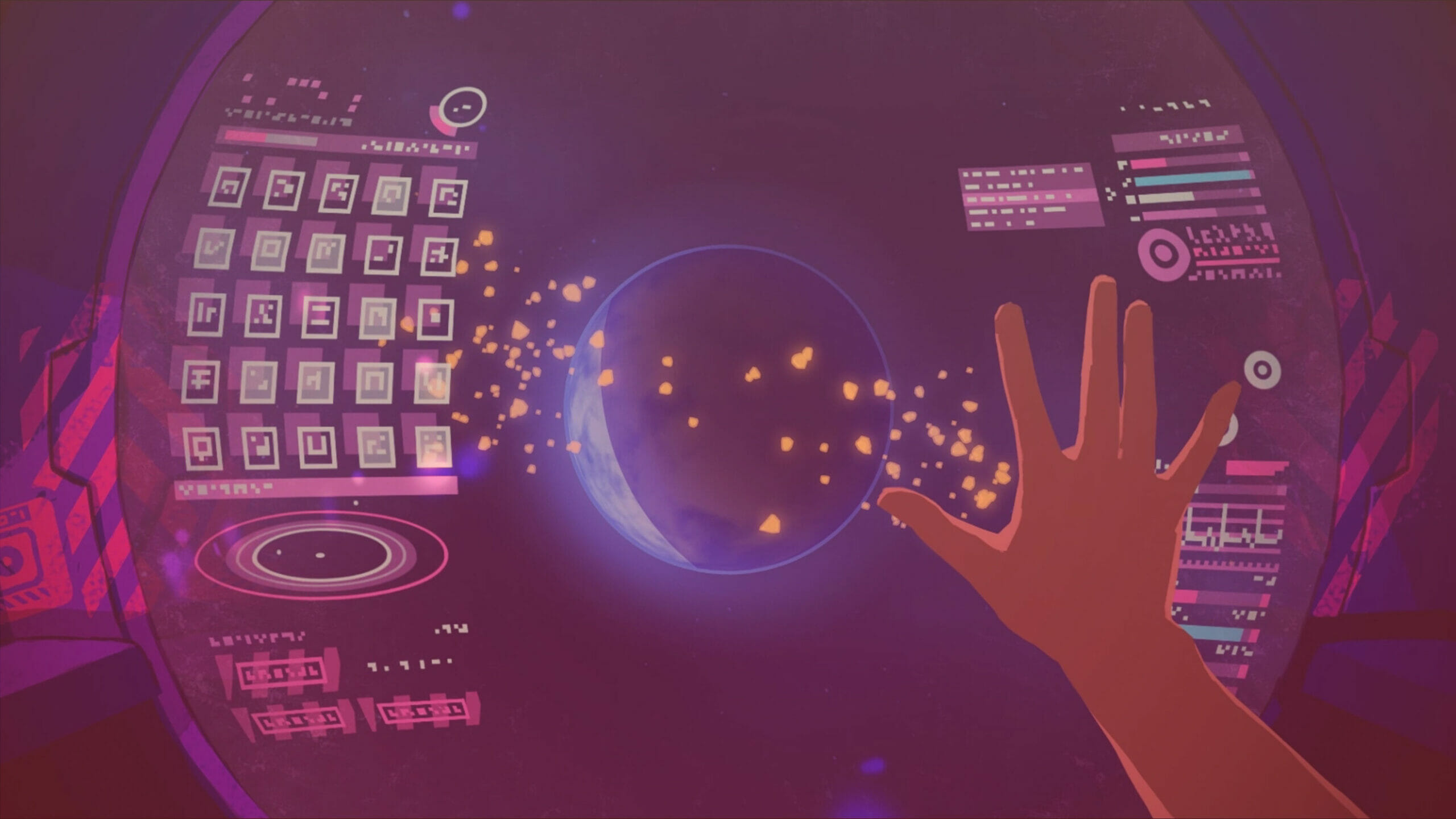There is something to be said about how hand-drawn and painted visuals translate to other mediums. Studio Ghibli have essentially mastered the craft of creating the most beautiful scenes out of a plethora of art styles. Whether it be forested woods with mythical creatures staring longingly into a warrior woman’s eyes; a hulking fortress moving across a plain, or more appropriately, a lost girl sitting on a train and making friends with a spirit with a mask for a face; these scenes have masterfully imprinted true beauty into millions of minds across the globe. These sombre tones, along with the hope Ghibli movies often bring, is exactly what indie game Voyage manages to evoke.
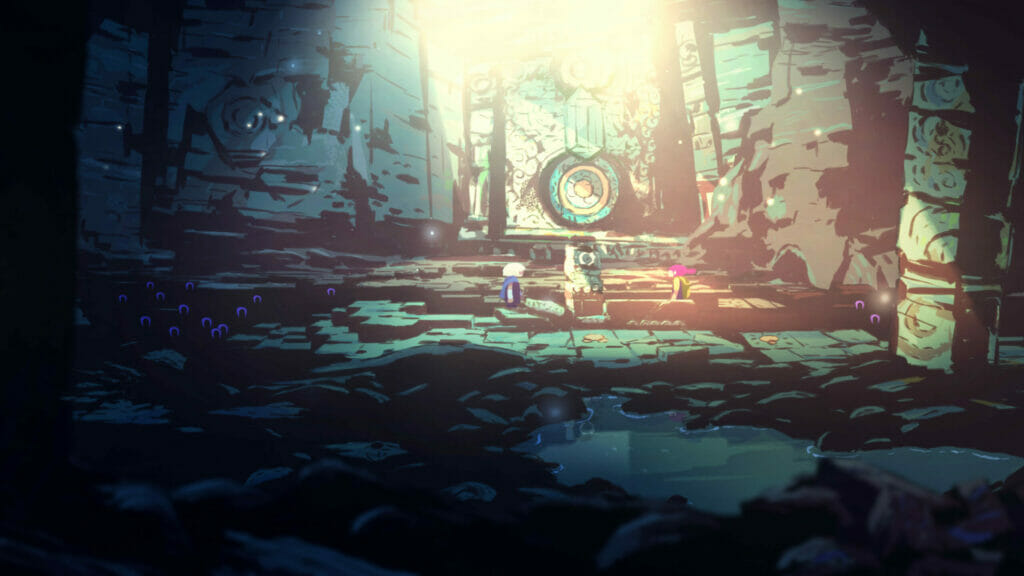
Voyage is the debut title for small Swedish indie studio Venturous, which is run by two Swedish brothers named André and Johan Steen. While the title’s experience appears to fall within a timid or amateurish nature by connotation; the reality proves how the game far exceeds any expectations in all categories. It is a hand-painted and truly cinematic side-scrolling adventure about two lost souls working together in order to find their way back home.
Admittedly, the story in Voyage is a little sparse. Beyond the dreamy visuals and restrained tones of the overall narrative, all players have to go on about the characters is how one is a feminine humanoid with pink hair, while the male-figure dons a blue shawl underneath a lush collection of blonde hair and a beard. The story is told with little to no context, as the scenes slowly unravel the mystery of how they came to crash land on the alien planet they are clearly stranded on. In this way, the game affords players the opportunity to interpret the narrative ongoings in their own way, to look at the scenes slowly revealing the overarching story of the crash and the subsequent escape, and construct their own unique story. In a way, it allows the story to arguably mean more to gamers who play than any linear backstory ever could.
The premise truly is as simple as it sounds: two lost adventurers, who seem to be cosmonauts of sorts, have crash landed in a dense spirit-filled forest. They quickly shake off their disorientation and start making their way toward an escape plan. They find themselves trekking through forests and swampland, rocky mountain regions, dry deserts, dark caves, and even through a massive spaceship. Along the way, the two will be met with dream sequences the developers call “Statue Scenes”, where the two adventurers have to repair statues depicting key moments in the story.
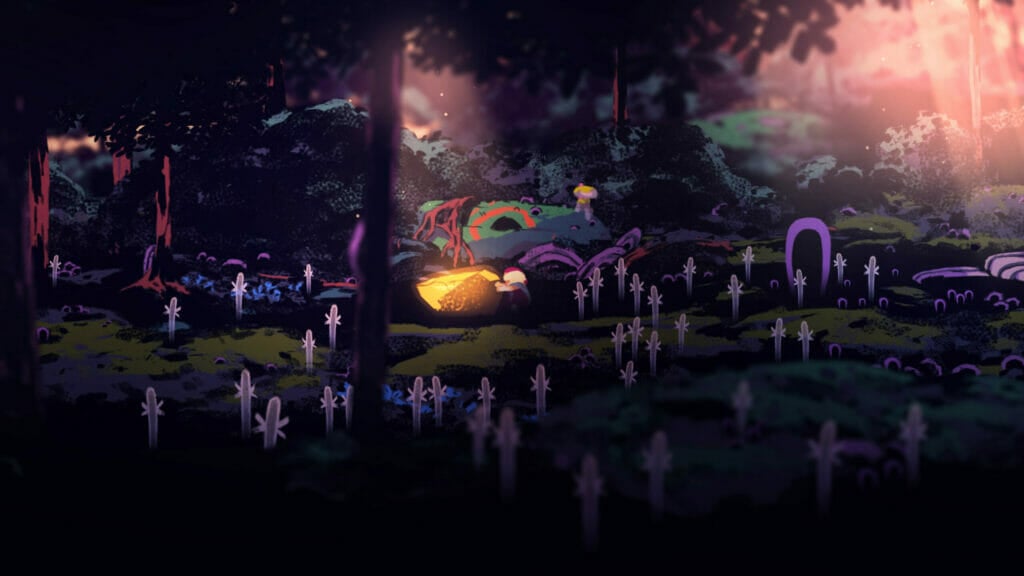
As the two adventurers make their way through the alien biomes, they will encounter sprite-like beings assumed to be natives of the planet. These beings have their own story to tell in tandem with the voyage at hand. In this way, players can find and illuminate murals about the natives and their seeming worship of the crystals that may or may not have caused their spaceship to crash in the first place. These tell a story of loving creatures who welcome their alien visitors with open arms, so much so, in fact, that they even seem to aid in the adventurer’s voyage home. There are a lot of assumptions made here, but this is the true beauty of the game. The other attractiveness is the overall level design and its puzzles.
Puzzle solving is a core feature of the experience in Voyage, but it needs to be mentioned how they are far more appropriate as obstacles than real puzzles. The factor of challenge is very low in the game, and instead only serves to extend a player’s time in the otherwise unforgettable and truly wonderfully drawn levels. Obstacles include interacting with the correct signs, finding the correct route in a maze-like level, or doing a tiny bit of backtracking after interacting with key switches. Every level has its own distinct style featuring unique platforming challenges, each determined by the overarching theme. While the forest and desert biomes feature more walking and interacting, the mountain area and the caves below serve to expand the platforming aspect of the title. The spaceship scenes (which appear to only take place in the “present”), involve running around long industrial corridors with maze-like elements where players need to figure out which buttons to press and when. Levels are, essentially, built to look good, serving to evoke certain emotions more so than to cause frustration.
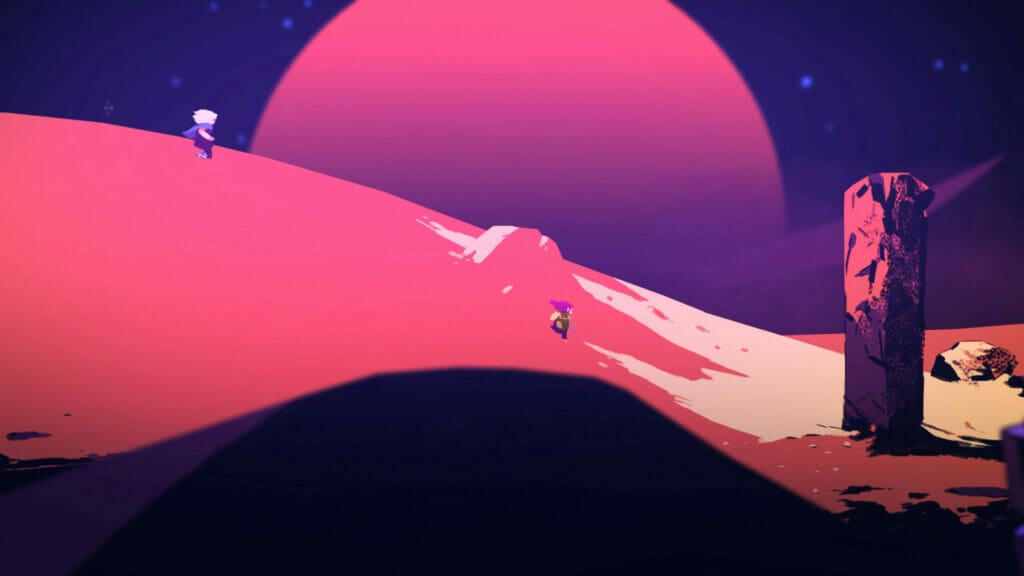
The “cinematic experience” in most titles is more often than not just some developer jargon thrown out for marketing benefits. In Voyage, however, one can truly liken the experience to an interpretive performance. Everything is represented by colour and imagery — there is no voice over [apart from the occasional grunt or beckon], and the only text players will ever come across is the game’s splash screen. Not even the sparse menu features any text! Instead, the game relies solely on the player’s ability to figure out the context of the chapter selection screen, and knowingly, refer to the iconography of the control tutorial during the first scene.
There is a two-player couch co-op option as well. However, unlike other puzzle-platformers, the experience shared in Voyage is much more about discovery than it is concerned with actually solving anything other than the interpretation of the depicted scenes. When playing alone, the second adventurer has a pretty smart artificial intelligence controlling it and players have the ability to switch between characters as they please. The entire game can be played without switching at all. When playing with a friend, both characters are player controlled, and instead of a single player just holding the interact button when needed, players will have to communicate with each other to help each other over obstacles. There is a hidden achievement related to directly interacting with the characters as well, so look out for the cute interaction!
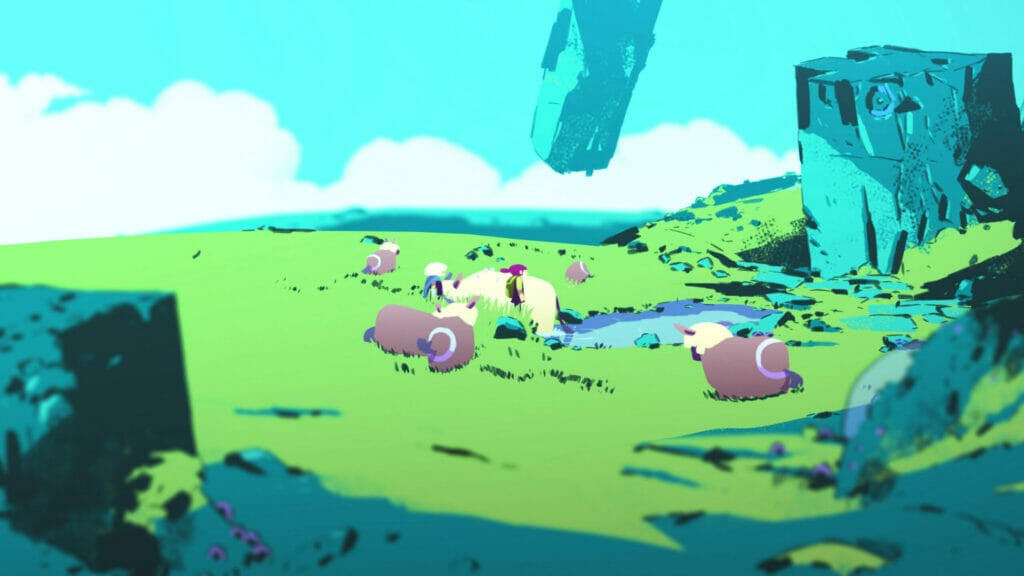
The face buttons of the controller let players swap characters, interact with the world or each other, and for single players to tell their AI partners to hold on for a moment. The final piece of the puzzle solving mechanics revolves around the player’s ability to “ping” nearby intractable objects. These will, more often than not, also be the solutions to whatever small puzzles players are met with. There is a single level later on in the game, where it is extremely challenging to even see the pings (because of how bright the level is) and may cause a little more of a runaround than is rightfully necessary; but it is a minor quip, and the only one at that, in what is a truly beautiful experience.
It also needs to be said how exceptional the score serves the game. From whimsical bit-tunes, through to alien-like synth loops and what can only be described as “pocket orchestrations” and piano riffs, Voyage elicits a wave of emotions perfectly befitting of its interpretive nature, which is also reminiscent of other indie darling, Limbo. None of the looping tracks ever overstay their welcome either. The game is actually an extremely short experience, clocking in at only two and a half hours from start to finish. However, sometimes less is more, and this is most definitely the theme here.
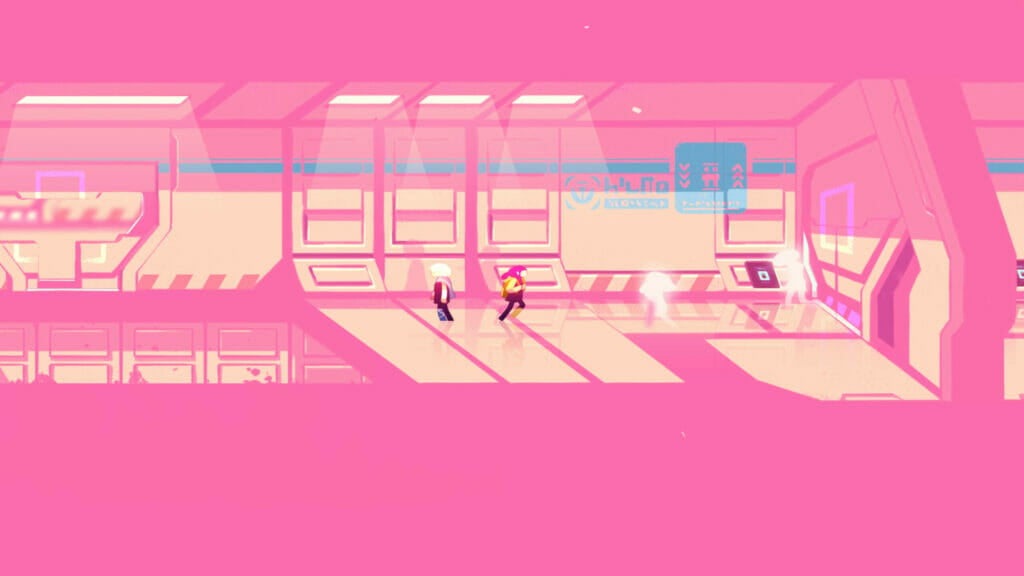
Voyage is, simply put, a superb experience. From its meaningful score through to the passion-filled hand-painted scenery; the characters therein, and the overarching mysteries of the crash and the planet natives, it is exceptional in its execution. The game is masterful in how it relies on player interpretation to tell its story as well – something rather unique to this indie title! While the puzzles are almost non-existent, the game still manages to induce all of the necessary emotions while players make their way through the various and gorgeous levels. As far as cinematic experiences go, Voyage has undoubtedly set the bar wonderfully high.
Verdict:
EXCEPTIONAL
| PROS | CONS |
| Superb musical score | Couch co-op only |
| Interpretive narrative is a special experience | |
| Beautiful levels and scenes |
Title reviewed on Xbox Series X with code supplied by Venturous.
Learn more about our review methodology here.
Junior Editor at Vamers. From Superman to Ironman; Bill Rizer to Sam Fisher and everything in-between, Edward loves it all. He is a Bachelor of Arts student and English Major specialising in Language and Literature. He is an avid writer and casual social networker with a flare for all things tech related.

